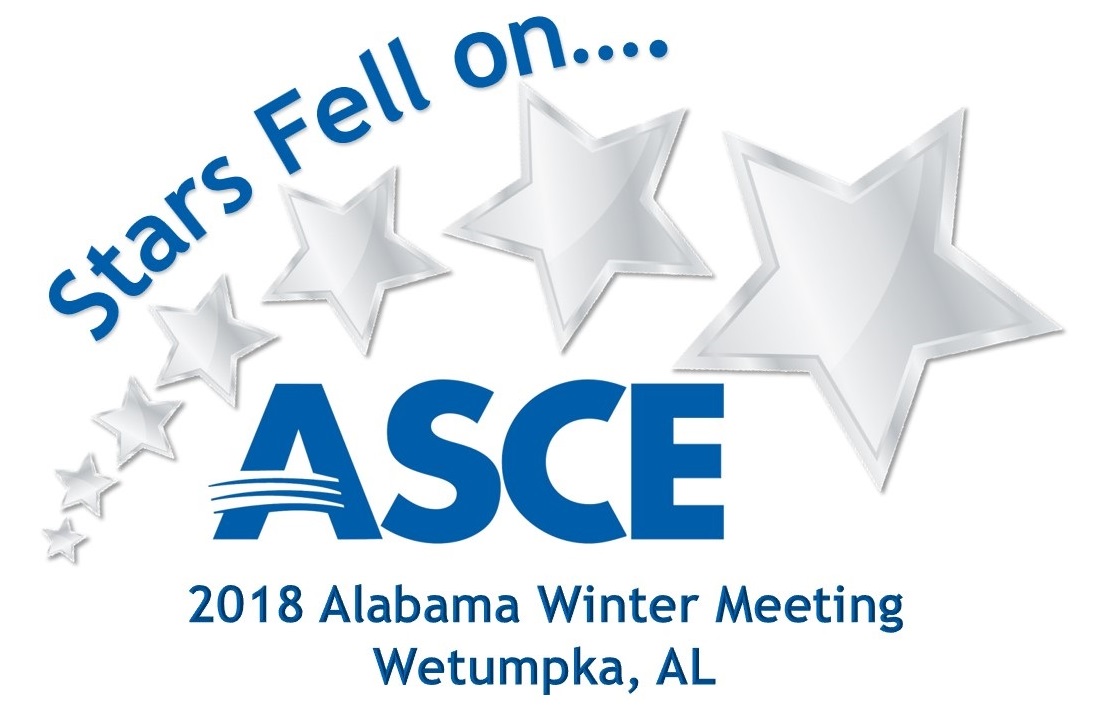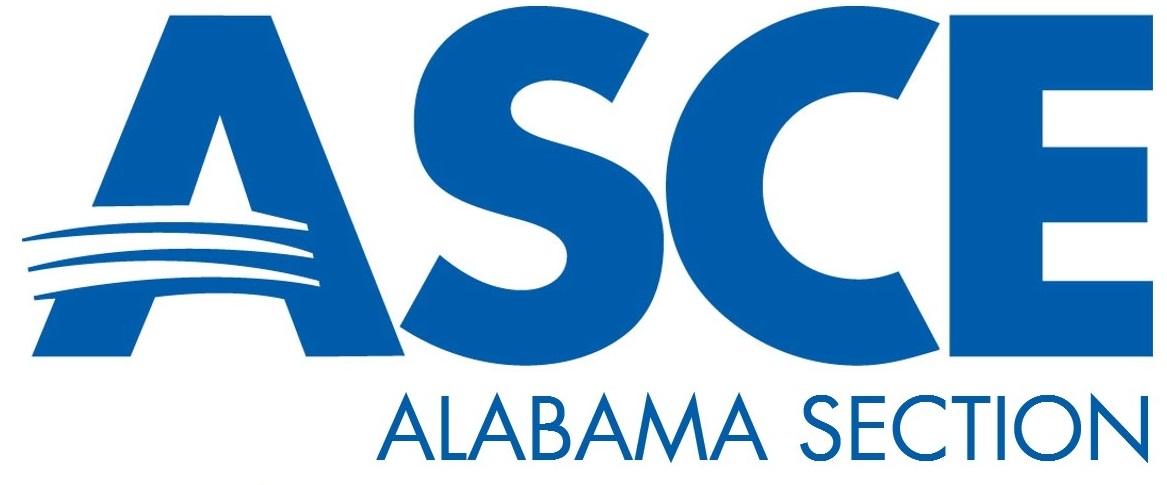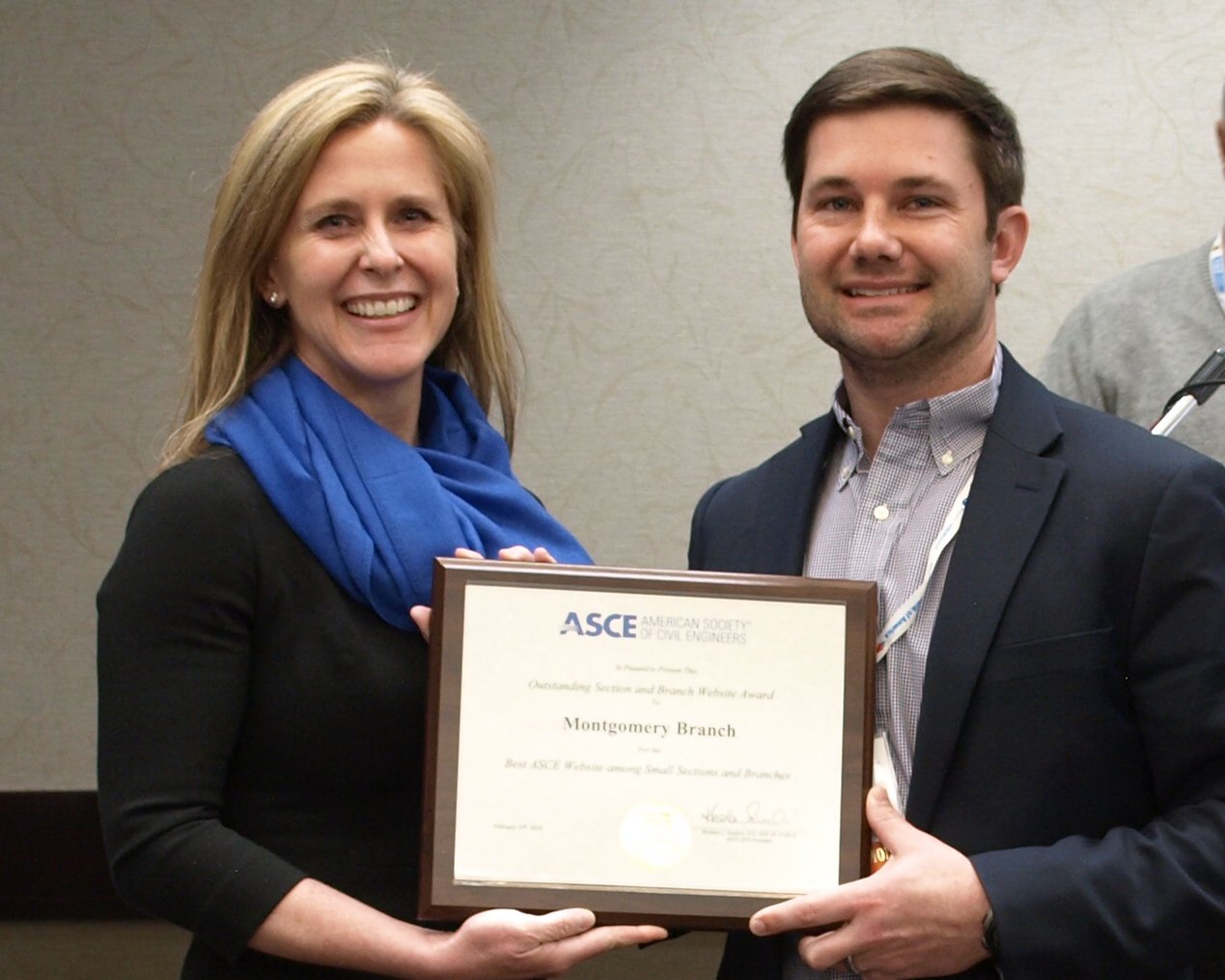2018 Winter Meeting Presentations, Photos, Videos and more…

The Montgomery Branch of the Alabama Section hosted the 2018 Winter Meeting Conference in Wetumpka, AL on Thursday, March 1,2018. The day provided some great Engineering Presentations, a Tour of the Impact Crater, and a Legislative Update from the only Professional Engineer in the Alabama State Senate and the House of Representatives. We would like to say a big Thank You to our sponsors and exhibitors for helping make the event successful. Please look below for presentations, videos and pictures.

Presentations
- Legislative Update – Senator Clyde Chambliss (No Presentation Available)
- Mobile River Bridge and Bayway – Matt Erickson
- GIS Enabled Automated Culvert Design – Andrew Graettinger, PhD
- Cement-Based Pavement Solutions – Shadrack MBoya
- Birmingham CBD Project Update – Adam Patterson
- Auburn University Jordan Hare Stadium Geotechnical Projects – Kevin Blake
- Drone Implementation and Benefits for Engineering and Construction – Matt Thomason
- Drive Safe Alabama – Allison Green
Photos from the Event


